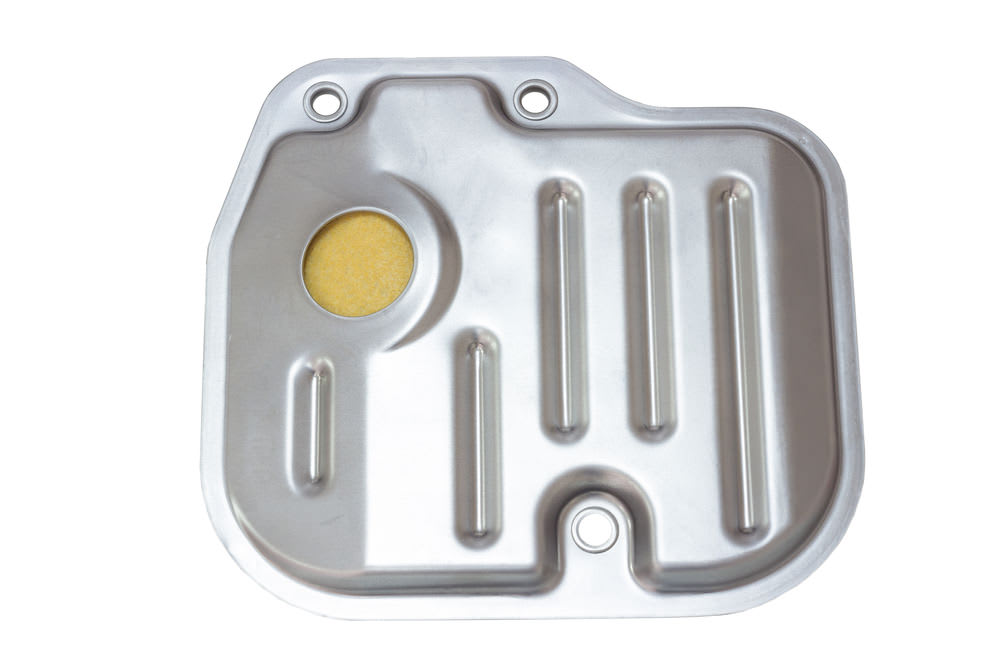

The transmission plays a hugely important role in how your vehicle functions. It's connected to the rear portion of your engine and transfers power from the engine to the wheels. Without a transmission, a vehicle simply cannot move. The transmission filter is a vital part of that system and is situated above the transmission pan, which catches any excess fluid, and below a pickup tube that connects to the oil pump, which regulates the pressure of fluid in the transmission. The transmission filter functions as a sieve to collect contaminants like dirt and debris before sending lubricating fluid to the transmission itself.
How often to change a transmission filter
Over time, bits of metal that have flaked off from metal-to-metal contact and other grit and grime can dirty a transmission filter. Although every vehicle has its own optimal maintenance needs that can usually be located in the owner’s manual, the general consensus among mechanics is that the transmission filter and fluid should be replaced every 25,000 miles. Changing the fluid and filter is a quite messy and time-consuming job because few transmissions are equipped with a drain plug. That means the only way to reach the transmission filter and allow old fluid to escape is by removing the transmission pan. This is often in an awkward-to-reach area and requires special tools, which is why you may opt to consult one of our mechanics about the proper times to change out the transmission filter and fluid for your vehicle and enlist him or her to do the job for you if needed.
Usually, when it’s time to replace the fluid and filter for a transmission, owners purchase an entire fluid filter kit instead of just the filter itself. The actual transmission filter parts are few, but the kits include a little extra related hardware that it’s wise to go ahead and replace as a preventative measure while the transmission pan is already off and that region of the transmission system is easily accessible. These are the items that are generally included in a transmission filter kit:
Transmission Filter: The filter resembles a metal plate with slats, which is where the transmission fluid passes through. Inside those slats is a fibrous medium, which catches any contaminants before the fluid reaches the transmission.
Gasket: The gasket ensures a tight fit between the transmission filter assembly and transmission pan, so no fluid escapes while it is in circulation. It is held in place by an array of bolts around the perimeter of the pan or may be designed to simply pull off with a little effort. These gaskets can either be made of cork or ridged rubber.
Pickup Tube: The pickup tube, which connects the transmission filter assembly to the oil pump is also included as part of the kit.
Seal: The last part of a transmission filter kit is an O-ring style rubber seal that ensures a tight fit between the pickup tube and the transmission case.
How a transmission filter works is a relatively straightforward process with few parts involved. If, however, there is any confusion regarding how the transmission filter functions or you suspect it is time to replace your filter or fluid, don’t hesitate to contact one of our highly qualified technicians for a consultation.



